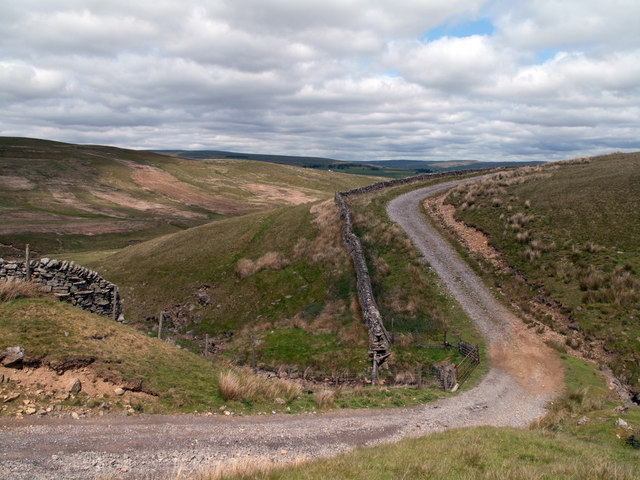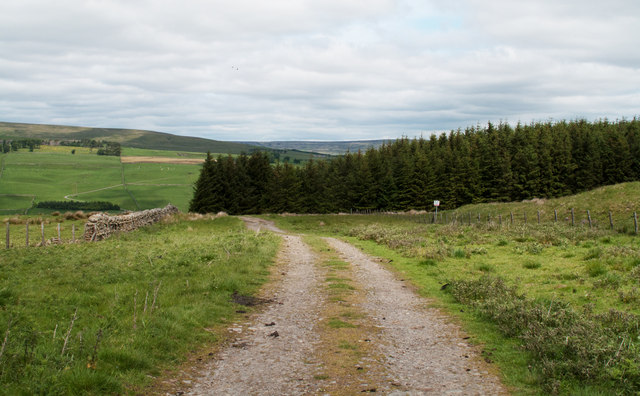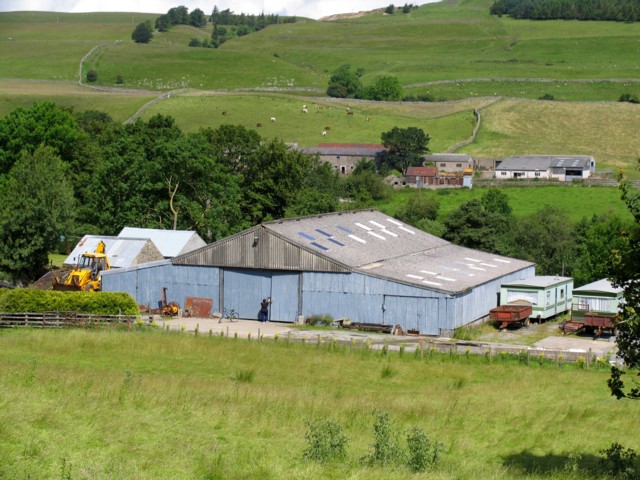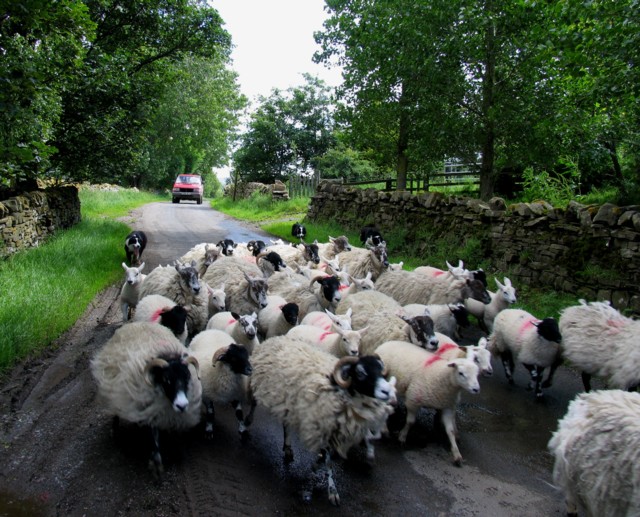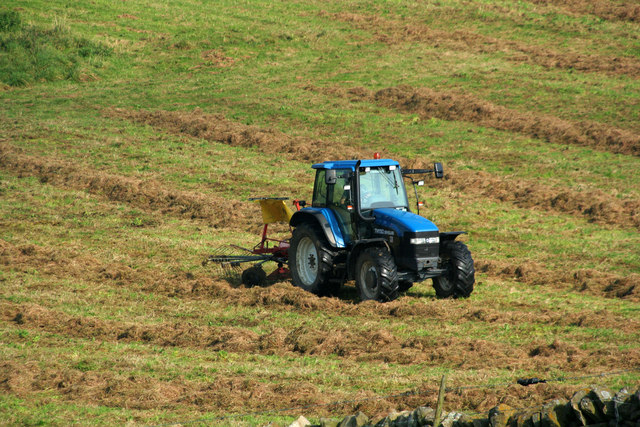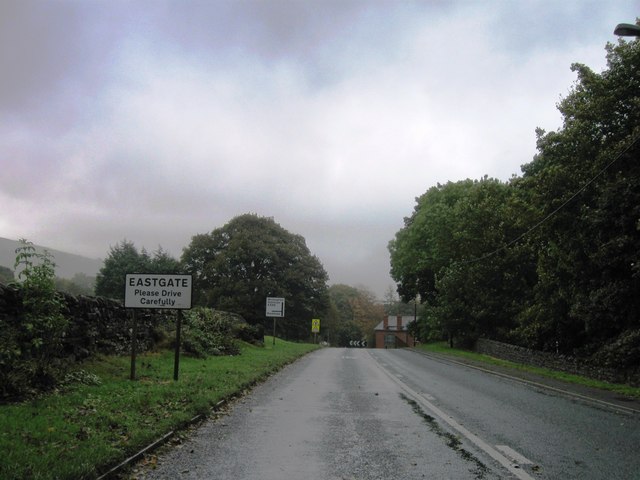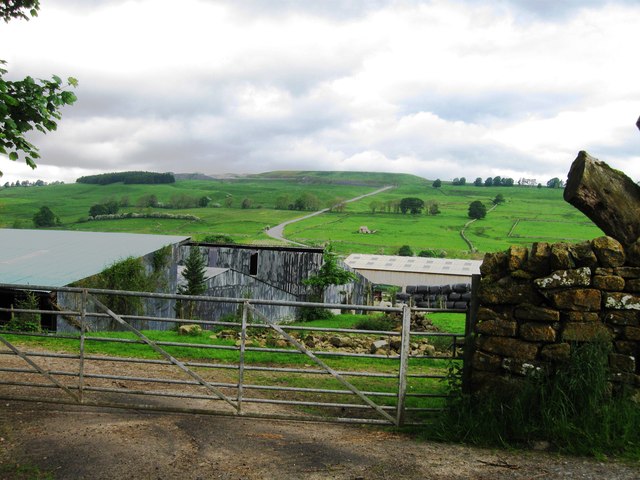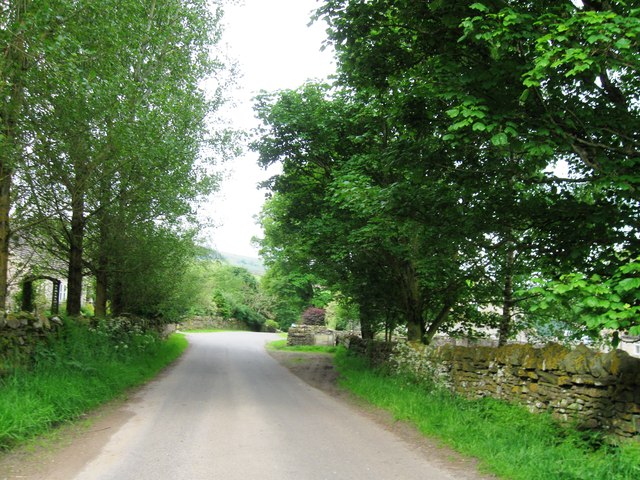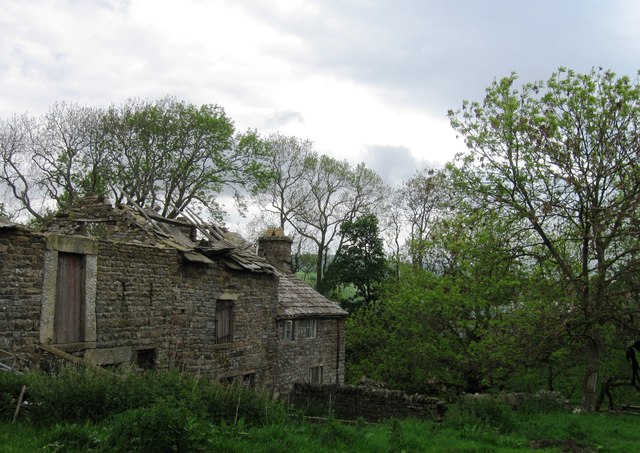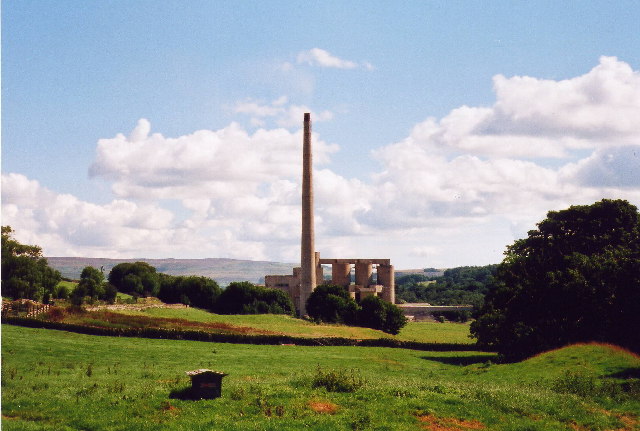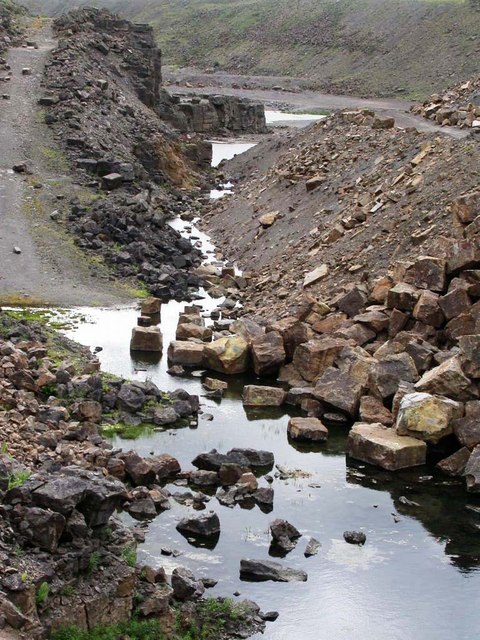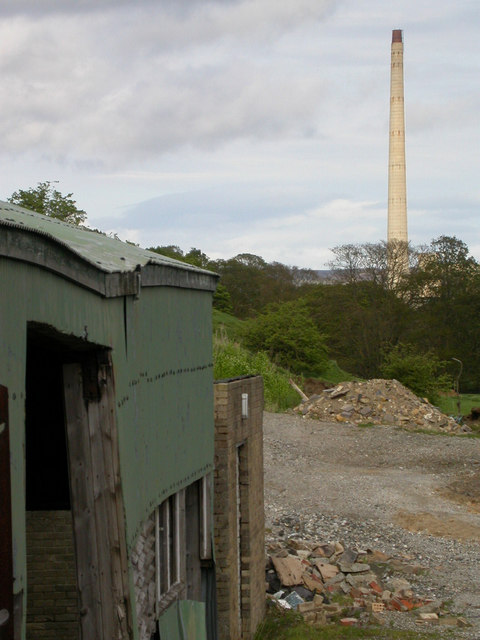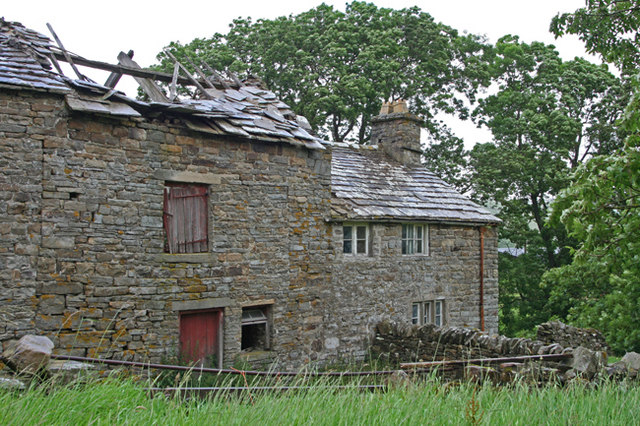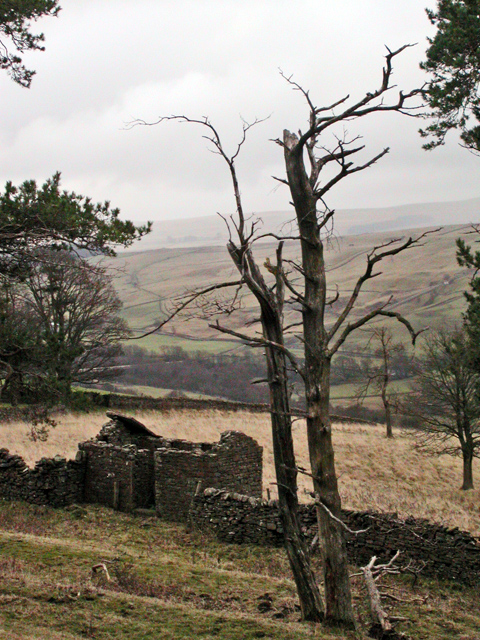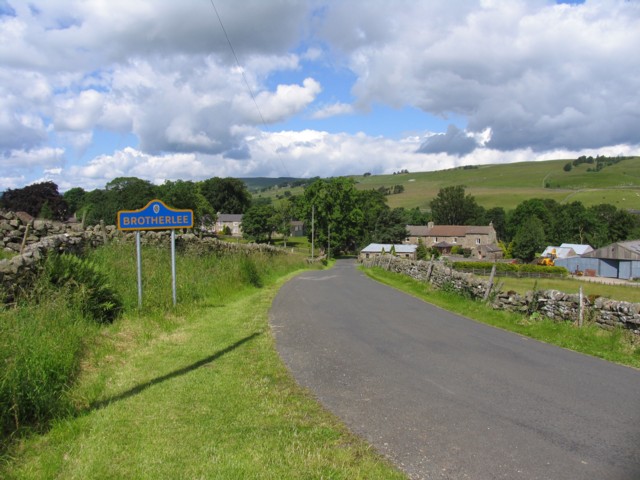Westernhopeburn
Heritage Site in Durham
England
Westernhopeburn
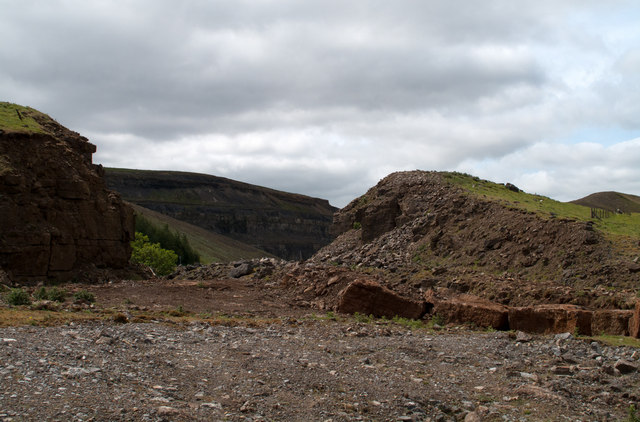
Westernhopeburn is a small village located in the Durham Dales, England. It is renowned for its historical significance and is considered a heritage site due to its well-preserved architecture and cultural heritage. The village is situated on the banks of the River Wear, surrounded by picturesque landscapes and rolling hills.
The origins of Westernhopeburn can be traced back to the medieval period, and evidence of its rich history can be seen in the numerous historic buildings and structures that still stand today. The village is home to a charming church, St. John's Church, which dates back to the 12th century and boasts stunning stained glass windows and intricate stonework. The church is an important religious and architectural landmark in the area.
In addition to the church, Westernhopeburn is also home to several traditional stone cottages that have been lovingly preserved over the centuries. These cottages offer a glimpse into the village's past and provide visitors with a unique insight into the local way of life.
Furthermore, the surrounding countryside offers ample opportunities for outdoor activities such as hiking and cycling. The rolling hills and scenic trails attract nature enthusiasts and adventure seekers alike, making Westernhopeburn a popular destination for outdoor enthusiasts.
Overall, Westernhopeburn is a charming and historically significant village in Durham, England. With its well-preserved architecture, cultural heritage, and stunning natural surroundings, it is an ideal destination for those seeking a glimpse into the region's rich history and natural beauty.
If you have any feedback on the listing, please let us know in the comments section below.
Westernhopeburn Images
Images are sourced within 2km of 54.732/-2.102 or Grid Reference NY9337. Thanks to Geograph Open Source API. All images are credited.

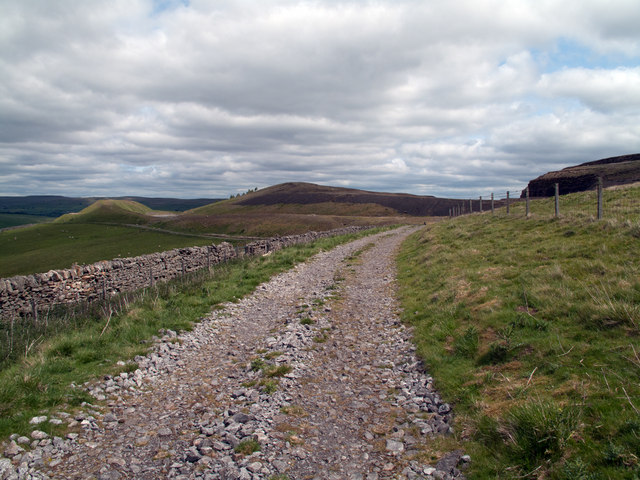
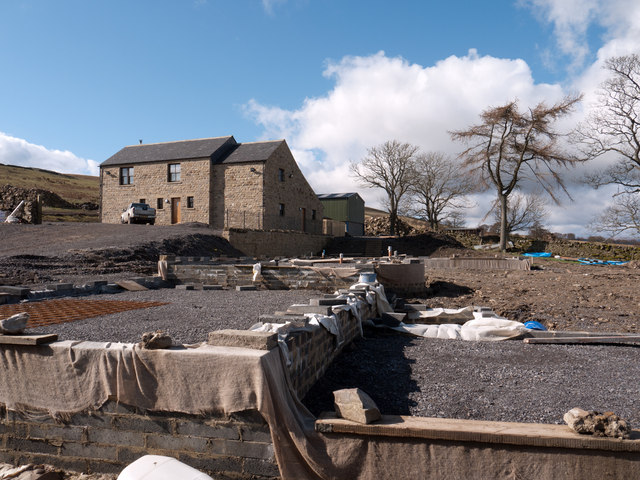
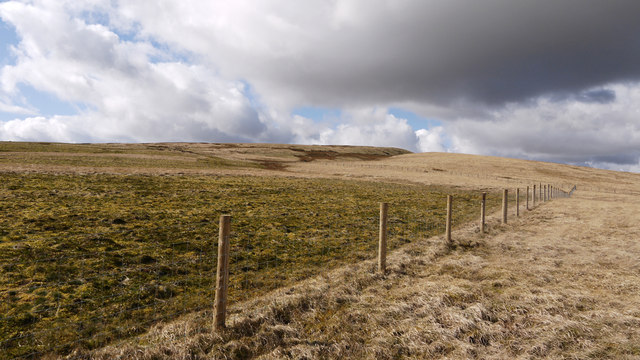
Westernhopeburn is located at Grid Ref: NY9337 (Lat: 54.732, Lng: -2.102)
Unitary Authority: County Durham
Police Authority: Durham
What 3 Words
///lance.earlobes.expired. Near Stanhope, Co. Durham
Nearby Locations
Related Wikis
Westernhope Burn Wood
Westernhope Burn Wood is a Site of Special Scientific Interest in the Wear Valley district of south-west County Durham, England. It occupies the steeply...
Brotherlee
Brotherlee is a small village in the civil parish of Stanhope, in County Durham, England situated on the south side of Weardale, between Stanhope and Daddry...
Weardale campaign
The Weardale campaign, part of the First War of Scottish Independence, occurred during July and August 1327 in Weardale, England. A Scottish force under...
Fairy Holes Cave
Fairy Holes Cave is a Site of Special Scientific Interest in the Wear Valley district of west County Durham, England. It is located on the western flanks...
Nearby Amenities
Located within 500m of 54.732,-2.102Have you been to Westernhopeburn?
Leave your review of Westernhopeburn below (or comments, questions and feedback).
